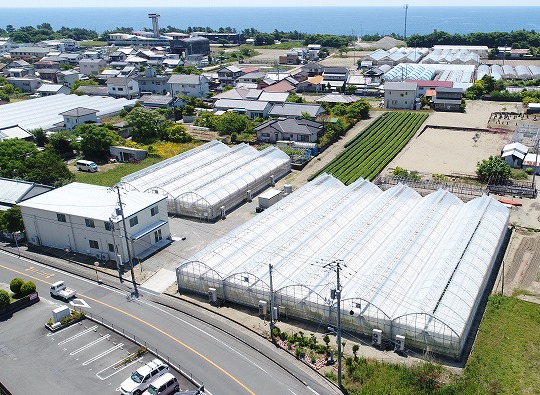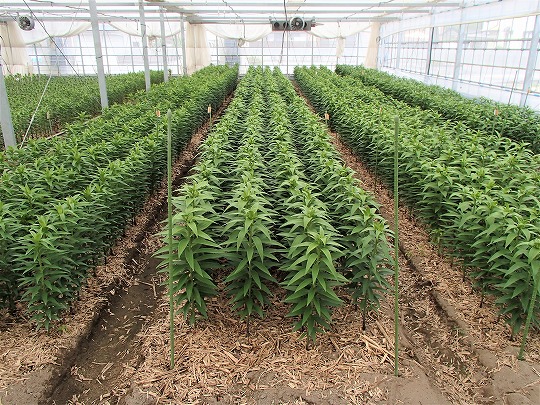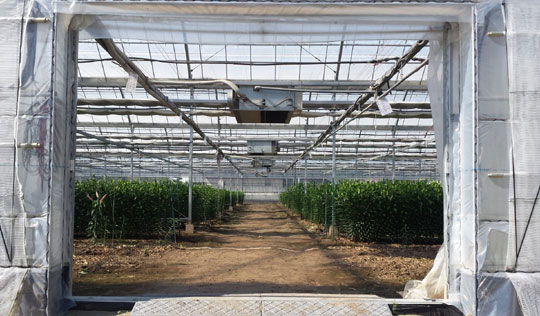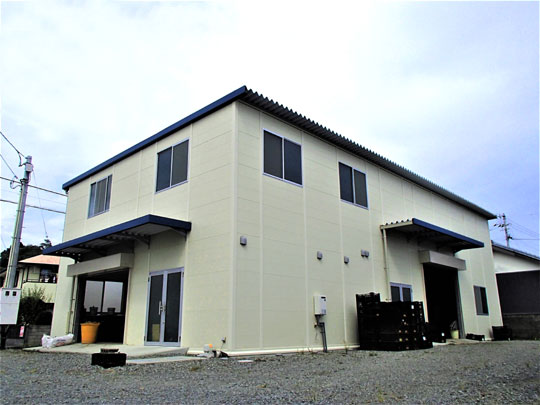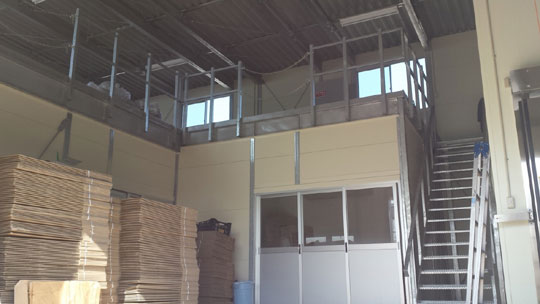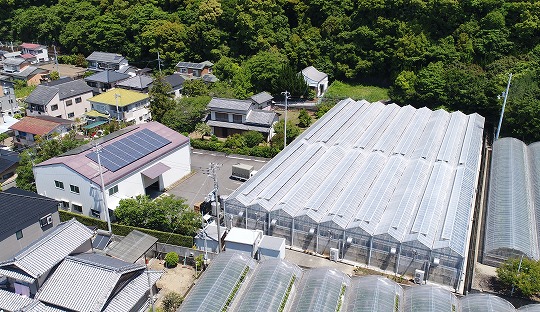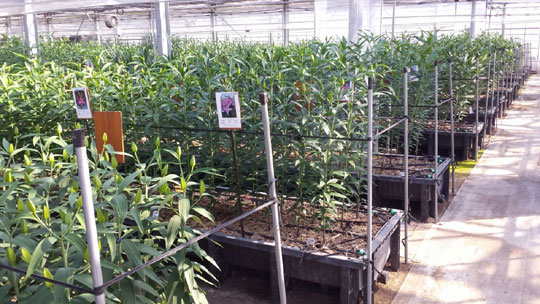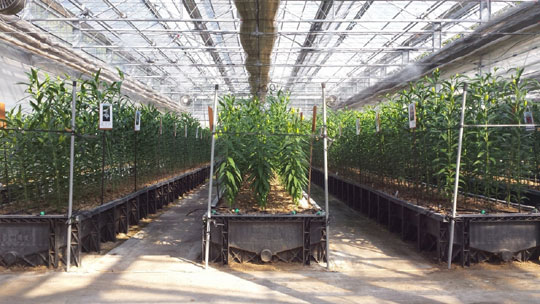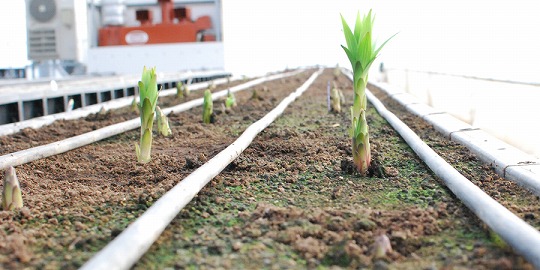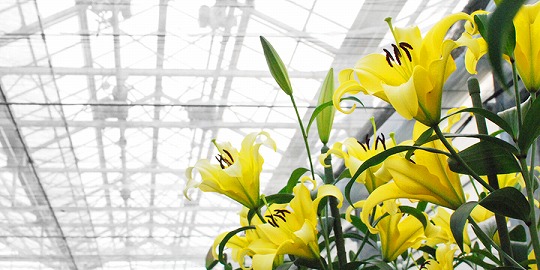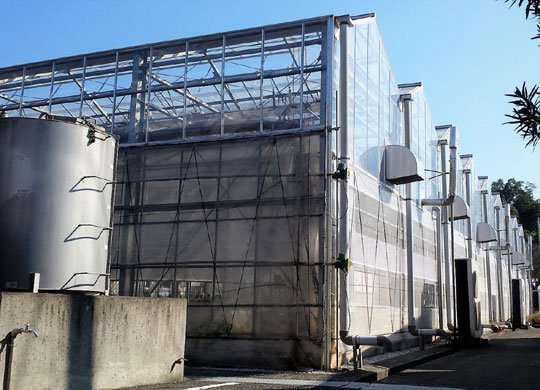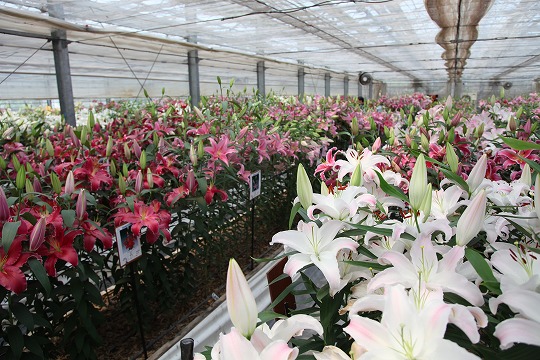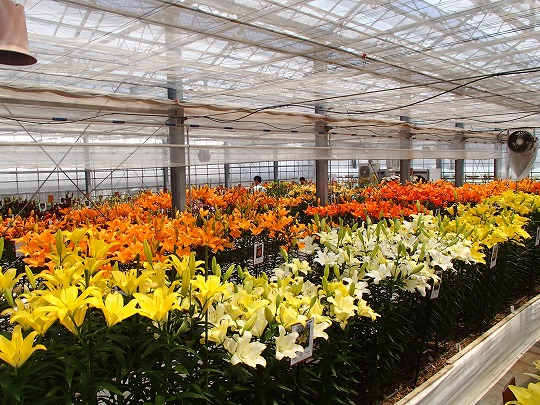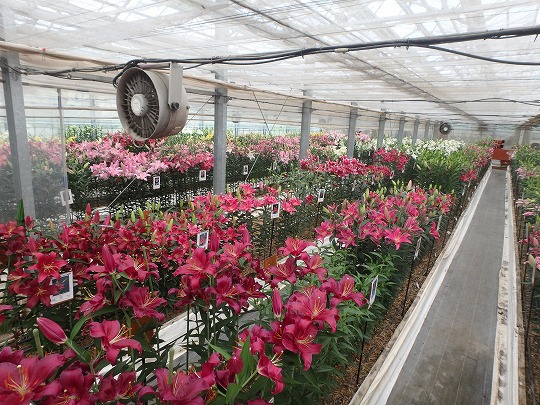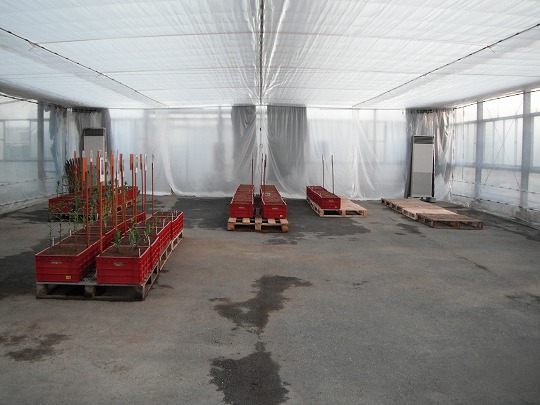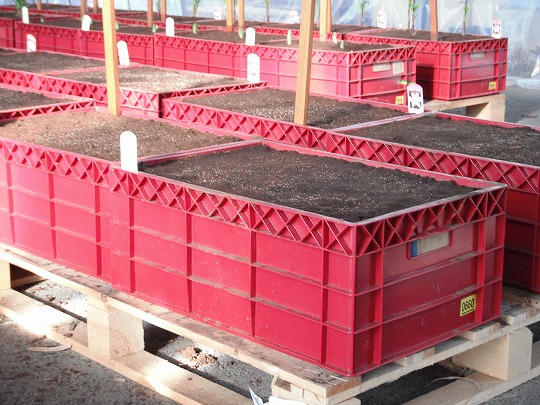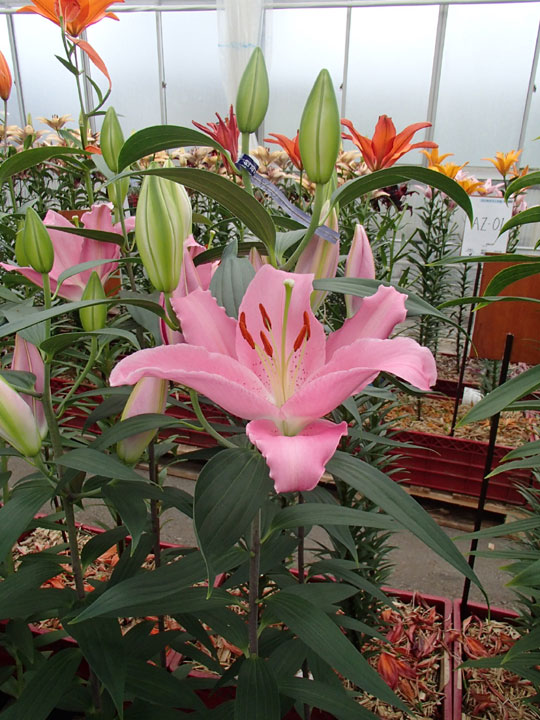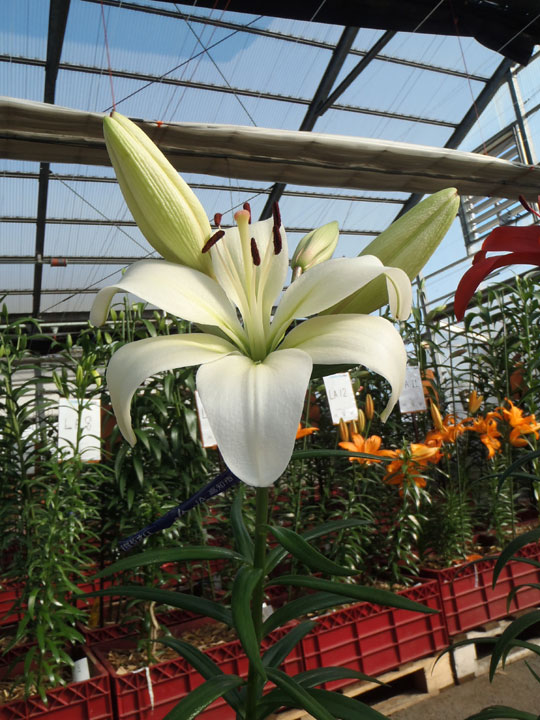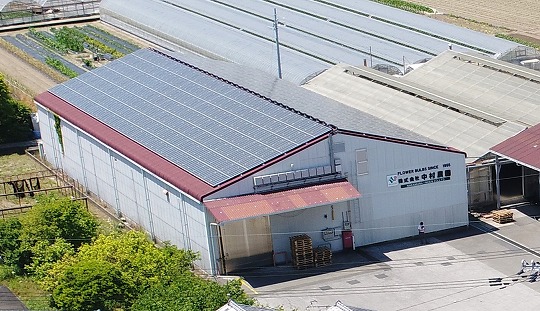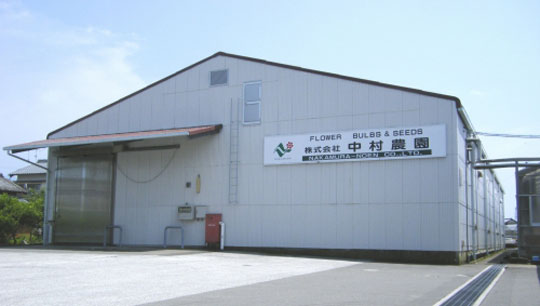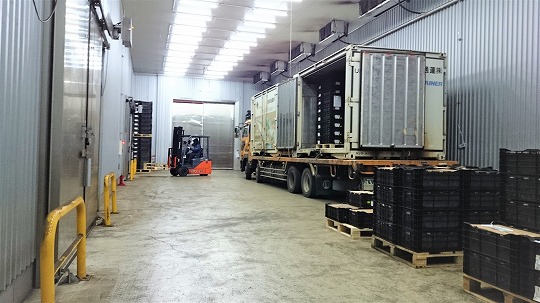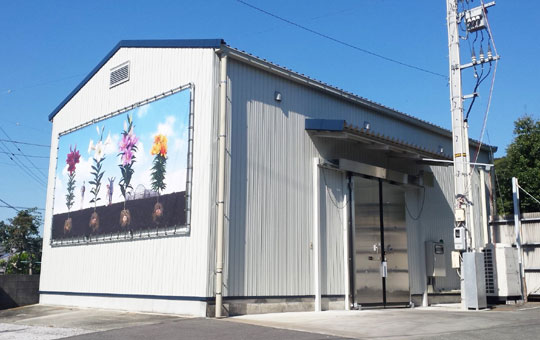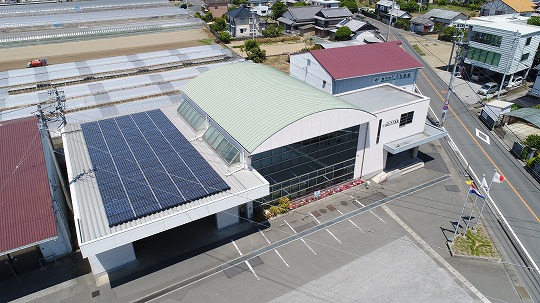January 13, 2020
Nakamura-Noen co.,ltd
Keigo Nakamura
Thank you for your cooperation. We hope serving you again this year.
We will send you a separate 2 pages for the title.
① SH crop 2020 preparation delays due to Dutch shortage
At present, the Dutch crop 2019 results are at the end, but unusually bad harvests and many export companies are taking time to adjust.
later, the results from France is worried too.
In the Netherlands, shipments of new crop are also busy, and in the current situation, the Southern Hemisphere crop 2020 does not seem to be ready. At the same time, the cut flower shipment for the Lunar New Year on January 25, which is the most important for the Asian market, has also entered, the result will also affect the demand forecast for SH 2020.
Reflecting on the Dutch harvest results, representatives from export company will visit New Zealand farm in January. They will reconfirm the growth status, etc., and will consider the production (enlargement) prospects and prices, so I think that specific information as an inventory table will be in February.
Our company will conduct a survey in Chile and New Zealand in early February.
② Southern Hemisphere 2019 test is in best season to see!
Test cultivation of more than 100 varieties from Chile and New Zealand is one of the largest in Japan. (LA blossomed in December and has already ended)
In recent years, from a logistic point of view, bulb production companies and export companies have been narrowing down sales destinations.
But we have widely handled both countries, all growers, thanks to our customers. The content of the test is substantial, including samples from breeding companies preparing sales in the next year.
In general, growth is good, and there is not much difference in power between the two countries. For example, the results shown in the table below are obtained at early stages of growth.

At present, flowering of early varieties such as Saloniki, Silentia and Tisento has begun. As the flowering time of the entire test lasts from “Mid January to end of February”, we hope you find it helpful for your cultivation planning.
The growth environment of the bulbs in both countries is introduced in the “Southern Hemisphere business trip report (July 22, last year)”, so I hope you can also see them.
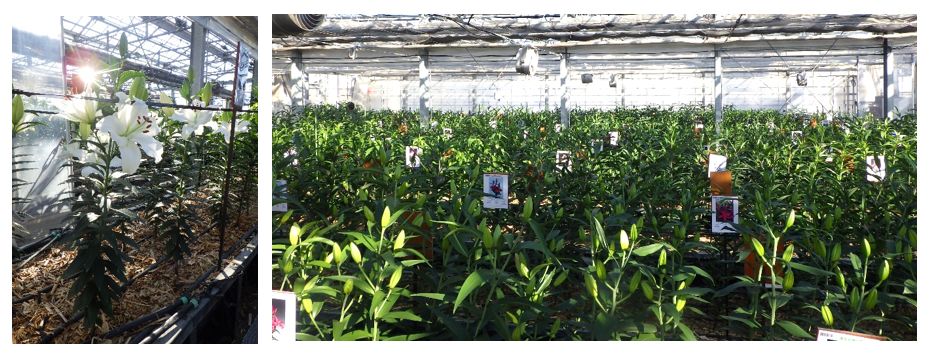
③ Changes in bulb distribution in Japan
In recent years, various logistics costs have increased, including not only transportation but also transportation materials, the economic environment is changing with the import of bulbs too.
Last year, some ports in Japan became unusable due to the integration of shipping companies, etc. In addition, demand for cooling and refrigerated storage at ports is high in other industries, and facilities are generally lacking.
Since the storage temperature of lily bulbs is quite different from other products, securing a freezer compartment for (bulb) storage is expected to become increasingly severe in the future.
For various reasons, some companies in the bulb industry have decided to stop importing their own.
It is always said that the increased cost is ultimately passed on to the customer, so we have heard that unexpectedly, the bulb cost (payment amount) is rising.
It is necessary to pay attention to the conditions such as “The billing unit price may be changed due to changes in import expenses etc.”
Even now, there are stories, that still transactions where the bulb price is unknown until the invoice comes after delivery.
“Bulb price difference, cooling charge, shipping fee (our company is zero), transportation fare” etc. stack on, if one bulb is different by 10 yen, for production of 100,000 bulbs a year, 1 million yen cost increase. It will be 10 million yen in 10 years.
Since our company operates in our own dedicated cooling facility for bulbs, the influences described above are limited.
We keep improve the efficiency of import and storage to manage a sustainable platform that connects bulbs from overseas to Japan.
We will continue our efforts. Thank you again this year.



